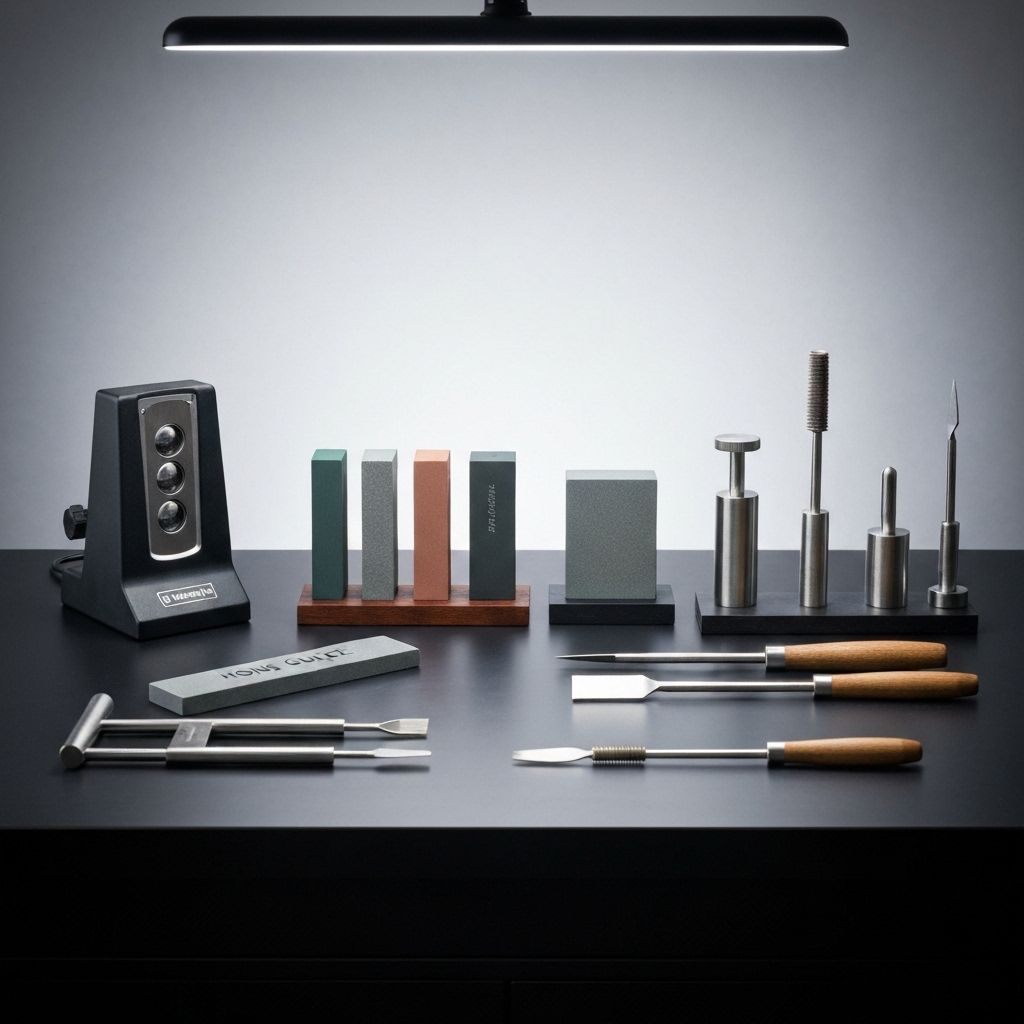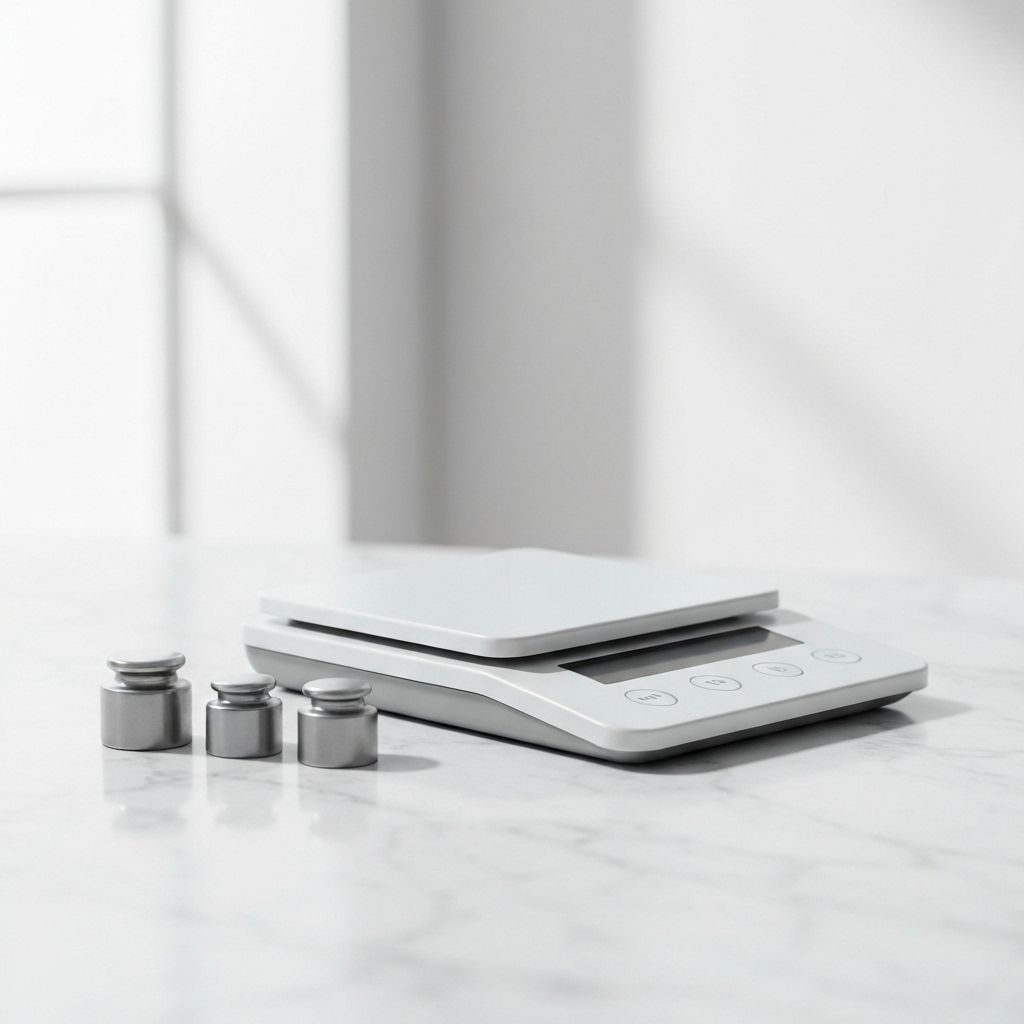Sharpening and Edge Retention: Understanding Your Knife's Performance
Master the relationship between steel composition, sharpening technique, and edge retention for optimal knife performance.
- Answer the main question in one sentence.
- Give the best pick and why in one line.
- Link to the product or guide for next step.

Edge retention and ease of sharpening exist in constant tension. Harder steels hold edges longer but require more effort to sharpen. Softer steels sharpen easily but need frequent attention. Understanding this relationship helps match knives to your maintenance preferences.
Steel hardness, measured on the Rockwell C scale, determines performance characteristics. Knives rated 56-58 HRC sharpen easily with basic tools, making them ideal for users new to knife maintenance. Ratings of 60-62 HRC offer superior edge retention but demand quality sharpening stones and proper technique.
Softer steels like those in many budget-friendly knives actually offer advantages for home cooks. They forgive improper sharpening technique and respond well to simple tools like pull-through sharpeners or electric systems. The trade-off—more frequent sharpening—matters less when the process takes only minutes.
Proper sharpening technique matters more than equipment cost. A $30 combination whetstone in skilled hands produces better results than a $300 system used incorrectly. The key is maintaining consistent angle throughout the sharpening stroke. Most Western knives use 20-degree angles, while Japanese knives prefer 15 degrees.
Honing differs fundamentally from sharpening. A honing steel realigns the edge without removing material, maintaining sharpness between actual sharpenings. Use the steel before each cooking session—10-15 strokes per side takes 30 seconds and dramatically extends time between full sharpenings.
Professional sharpening services provide excellent value for those uncomfortable with DIY maintenance. Annual professional sharpening costs $5-10 per knife and ensures optimal performance. Many knife stores offer this service, often while you wait.
// RELATED_ARTICLES

Precision Maintenance: Caring for Your High-Carbon Steel Knives
A comprehensive guide to maintaining the performance and appearance of your precision cutlery.

Maintaining Precision: Scale Calibration and Care Protocols
Ensure your precision instruments maintain laboratory-grade accuracy with proper calibration and maintenance.